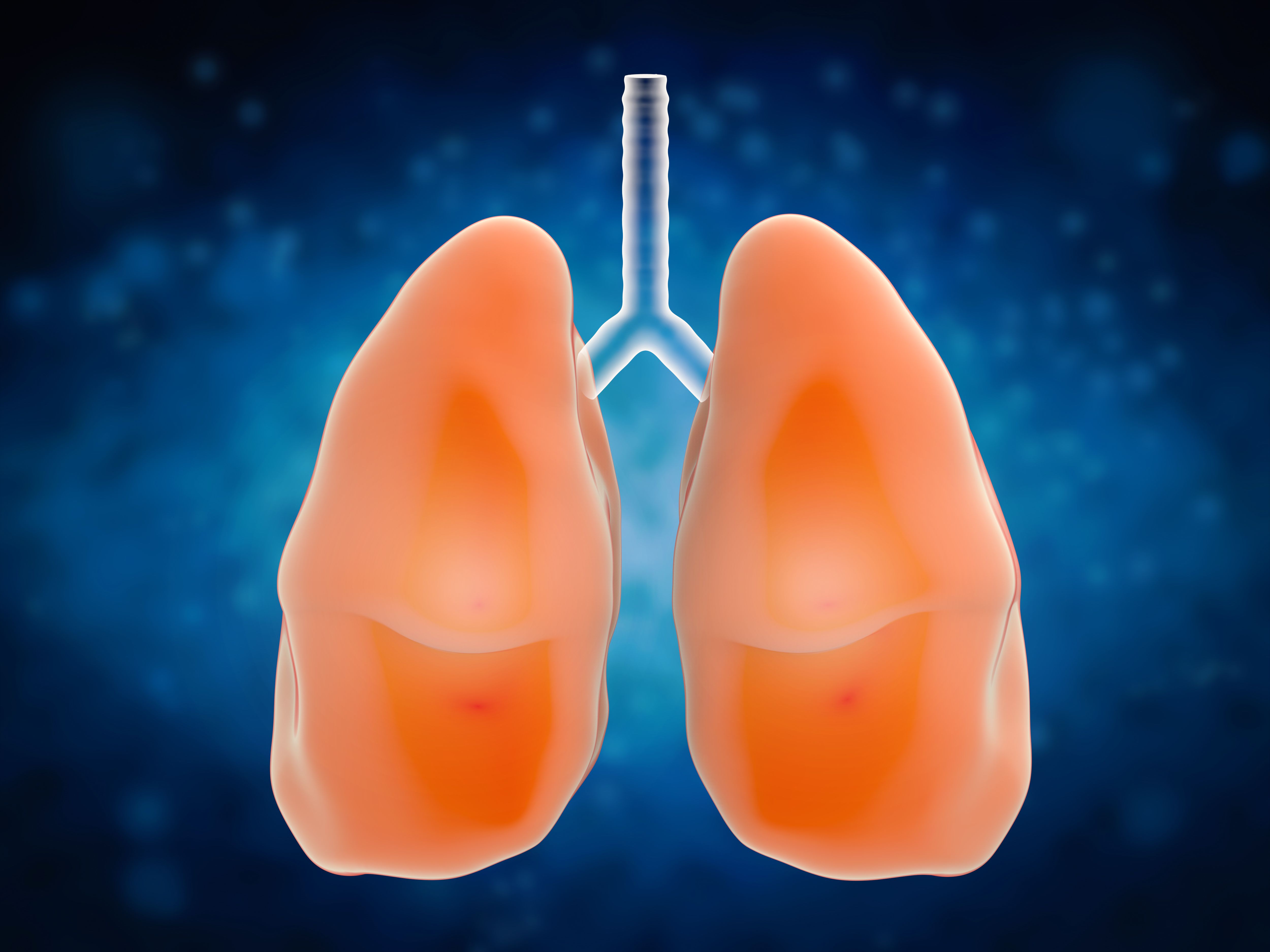Bevacizumab Combo Does Not Improve Outcomes in Metastatic Nonsquamous NSCLC
Adding bevacizumab to atezolizumab plus carboplatin and pemetrexed appears to be tolerable among patients with metastatic nonsquamous non–small cell lung cancer.
"The combination of bevacizumab with atezolizumab plus carboplatin with pemetrexed continued to show a manageable safety profile after a median of 9 cycles of treatment with bevacizumab," according to the study authors.

Bevacizumab (Avastin) plus atezolizumab (Tecentriq), carboplatin, and pemetrexed did not result in significantly improved clinical outcomes compared with atezolizumab plus carboplatin and pemetrexed alone in patients with advanced nonsquamous non–small cell lung cancer (NSCLC), according to findings from a phase 3 trial (jRCT2080224500) published in JAMA Oncology.
The median progression-free survival (PFS) per blinded independent central review (BICR) was 9.6 months (95% CI, 7.8-10.4) in patients who received bevacizumab compared with 7.7 months (95% CI, 7.6-9.7) among those who did not (HR, 0.86; 95% CI, 0.70-1.07; P = .92). Among those with driver oncogene-positive disease, the median PFS in each respective arm was 9.7 months (95% CI, 7.5-11.7) vs 5.8 months (95% CI, 5.1-7.8; HR, 0.67; 95% CI, 0.46-0.98). Additionally, the median PFS in each arm was 9.3 months (95% CI, 7.7-11.6) vs 9.5 months (95% CI, 7.6-12.8) in the oncogene-negative or oncogene-unknown subgroup (HR, 0.97; 95% CI, 0.75-1.25).
Investigators highlighted a median overall survival (OS) of 29.4 months (95% CI, 23.9-34.0) with the addition of bevacizumab compared with 25.3 months (95% CI, 21.0-31.1) without bevacizumab (HR, 0.86; 95% CI, 0.65-1.13). There was no difference in OS outcomes between the treatment arms based on subgroup analysis.
The objective response rate (ORR) was 62% among those who received bevacizumab vs 51% in those who did not. Moreover, the median duration of response (DOR) was 10.2 months (95% CI, 8.2-13.1) and 12.4 months (95% CI, 8.3-12.7) in each respective arm.
“This randomized clinical trial did not demonstrate the benefit of adding bevacizumab to atezolizumab plus carboplatin with pemetrexed with regard to improvement of PFS in Japanese patients with advanced nonsquamous NSCLC,” the study authors wrote. “The combination of bevacizumab with atezolizumab plus carboplatin with pemetrexed continued to show a manageable safety profile after a median of 9 cycles of treatment with bevacizumab.”
Investigators conducted this phase 3 trial across 37 hospitals in Japan. Patients were randomly assigned to receive atezolizumab plus carboplatin with pemetrexed alone (n = 206) or the aforementioned regimen plus bevacizumab (n = 206). Patients received atezolizumab at 1200 mg and bevacizumab at 15 mg/kg intravenously on day 1 of every 3-week cycle.
The trial’s primary end point was PFS as assessed by BICR in the intent-to-treat population. Secondary end points included OS, ORR, DOR, and safety.
Patients 20 years or older with histologically or cytologically confirmed inoperable locally advanced, metastatic, or recurrent nonsquamous NSCLC were able to enroll on the trial. Other eligibility criteria included receiving no prior treatment with cytotoxic chemotherapy and anti–PD-L1 agents, and having an ECOG performance status of 0 or 1.
The median patient age was 68 years (range, 35-89) among patients who received bevacizumab compared with 67 years (range, 24-84) among those who did not. Additionally, most patients in each respective arm were male (64% vs 68%), had stage IV disease (79% vs 80%), adenocarcinoma histology (96% vs 96%), and no EGFR mutations (74% vs 71%). Investigators reported that 19% of patients in both arms had brain metastases at baseline.
Treatment-related adverse effects (TRAEs) affected 99.5% of patients who were treated with bevacizumab compared with 99.0% of those who did not receive bevacizumab. A higher proportion of grade 3 or higher anemia was reported in patients who received bevacizumab (18% vs 11%; P = .047) as well as a higher rate of grade 3 or higher hypertension (8% vs 1%; P <.001).
The most common grade 3 or higher TRAEs in patients who received bevacizumab and those who did not, respectively, included decreased neutrophil count (28% vs 27%; P = .83), platelet count decreases (13% vs 11%; P = .54), white blood count cell decreases (13% vs 14%; P = .88), and febrile neutropenia (10% vs 6%; P = .15). Investigators highlighted 1 death due to treatment-related pneumonitis in a patient who did not receive bevacizumab.
Reference
Shiraishi Y, Kishimoto J, Sugawara S, et al. Atezolizumab and platinum plus pemetrexed with or without bevacizumab for metastatic nonsquamous non–small cell lung cancer: a phase 3 randomized clinical trial. Published online December 21, 2023. doi:10.1001/jamaoncol.2023.5258